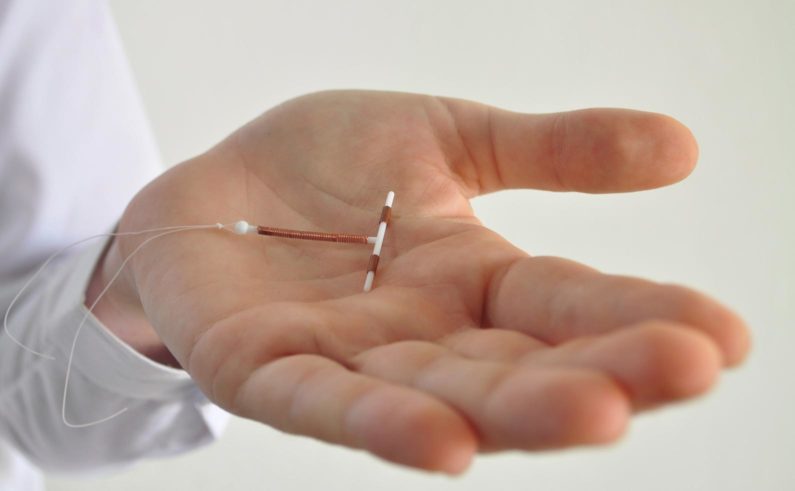An intrauterine device (IUD) is a small contraceptive T-shaped device that is inserted into the uterus for an extended period of time. IUDs either contain copper or the hormone levonorgestrel and are the most effective form of reversible birth control.
There is one type of copper IUD called ParaGard. ParaGard can remain in the uterus for up to 10 years before having to be removed. There are 3 different types of levonorgestrel IUDs; Mirena, Sklya and the newest Liletta. The Mirena can remain in the uterus for 5 years and the Skyla or Liletta for 3 years.
I let all of my patients know that if you are someone who experiences heavy, crampy, painful periods to choose a levonorgestrel IUD and not the copper IUD. The reason being the copper IUD can make periods heavier, longer and crampier. On the other hand, levonorgestrel IUDs are also indicated by the FDA for dysmenorrhea (painful periods). This a great option for a woman seeking birth control and relief from painful periods.
Although the levonorgestrel IUD releases a hormone it does not have a drastic effect on hormone levels as we see with birth control pills, rings, injections and implants. Because of this, we do not see a negative effect on sexual functioning or that it cause vulvar/vaginal pain as we often see with the aforementioned forms of birth control.
It is important to note that an IUD does not protect you from sexually transmitted diseases, only condoms do!

